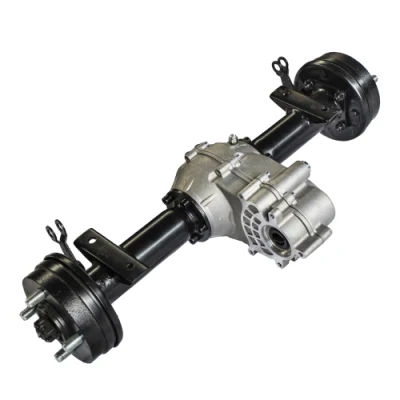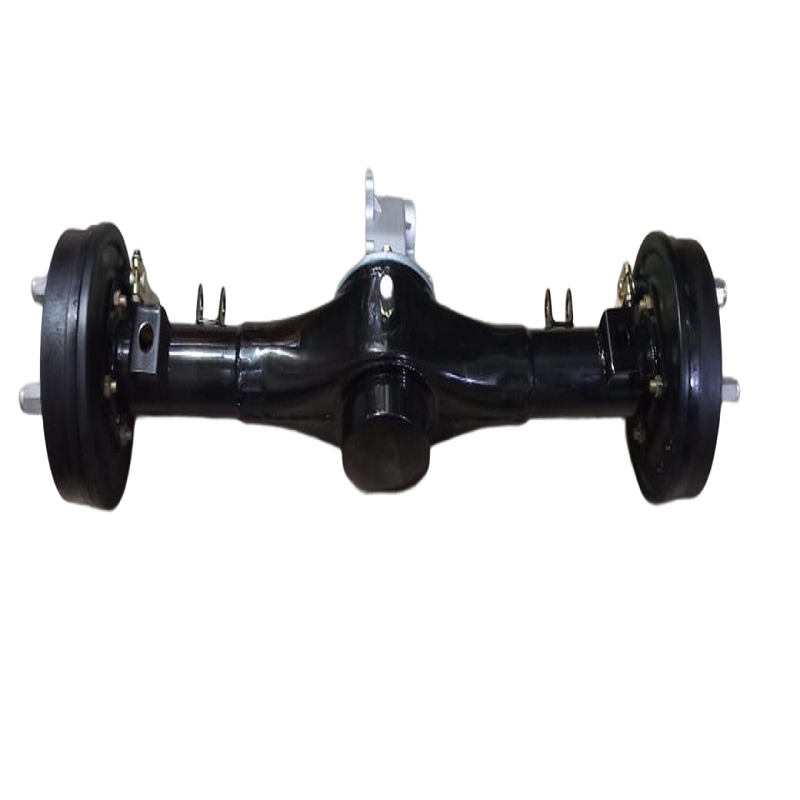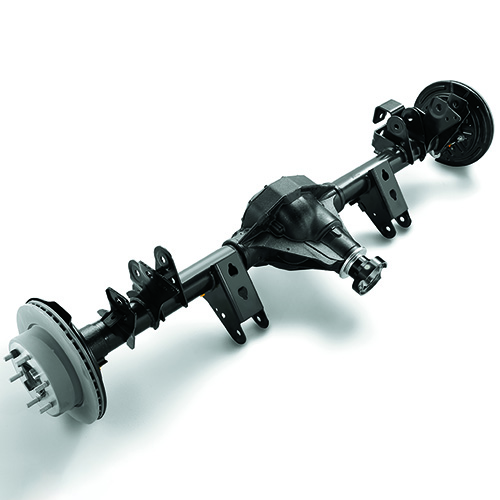Product Description
differential oil seal 85*145*12/26.5mm for AOE
| Item | oil seal |
| Size | 85*145*12/26.5mm |
| Fit | truck part |
| Material | NBR or FKM |
| MOQ | 100pcs |
| Production time | based on quantity |
| Support customization | As sample or drawing |
| Grade | Top grade |
| Mark | as request |
| Packing | as request |
Factory Show
International exhibition
Company Profile
HangZhou Huayou Rubber Co., Ltd. Its old name is Renxian Shiji Rubber Co., Ltd. Was founded in 1995, which is a professional manufacturer of machinery parts, oil seals, bushing, washers, seals etc. Now that truly become a High-tech enterprise which put development, production, sales, import and export all in 1 with international standards and world synchronization.
Our company main products are oil seals/o ring/combined gasket/dust cover/bushing of all kinds of materials, such as silicone/NBR/FKM/PTFE, and all kinds of wear resistant plastic products and various polyurethane products.
Our company have many years experience in the production and modern equipment. Our company always put quality as the first, so our products ahead of the same industry. We also undertake processing business, welcome new and old customers to inquire. Looking CHINAMFG to our cooperation.
FAQ
Q1.Can the product customized?
A: Yes,we can produce as dawing,sample etc.
Q2. What is the payment term?
A: TT,Paypal,Western union etc.
Q3. What is the normal delivery time for product orders?
A: The average delivery time of the sample is 3-10 days. The average production time after the sample is approved is 7-20days.
Q4. What is your standard packaging?
A: All goods will be packed in single bag and then packed in cartons and filled with trays. Special packaging methods are accepted when needed.
Q5. Which certificate do you have?
A1: we have passed ISO, still applying for more patents.
Q6: How to check the quality of bulk orders?
A1: Our inspection procedures include, first inspection/patrol inspection/initial inspection/full inspection/shipment inspection.
A2: We accept third party inspections such as SGS, TUV, INTERTEK, BV, etc.
Q7: How do I choose a raw compound for my application?
A: With years of experience in using a variety of materials, we can help you choose the material that best suits your needs.
Q8: From which side can you produce which materials?
A: NBR, EPDM, Silicone, FKM, NEOPRENE (CR), NR, IIR, SBR, ACM, AEM, fluorosilicon (FVMQ), FFKM, liquid silica gel etc.
/* January 22, 2571 19:08:37 */!function(){function s(e,r){var a,o={};try{e&&e.split(",").forEach(function(e,t){e&&(a=e.match(/(.*?):(.*)$/))&&1
| Material: | NBR |
|---|---|
| Usage: | Engine, Transmission, Rear Axle |
| Type: | Assembled |
| Speed: | High Speed |
| Pressure: | Pressure Type |
| Lip: | Lips Type |
| Samples: |
US$ 0/Piece
1 Piece(Min.Order) | |
|---|
| Customization: |
Available
|
|
|---|

How do electronic or computer-controlled rear differentials enhance vehicle performance?
Electronic or computer-controlled rear differentials offer several advantages that enhance vehicle performance in terms of traction, stability, and handling. These advanced differentials utilize electronic sensors, actuators, and control systems to actively monitor driving conditions and adjust torque distribution between the rear wheels. Here's a detailed explanation of how electronic or computer-controlled rear differentials enhance vehicle performance:
- Improved Traction:
- Enhanced Stability:
- Optimized Handling:
- Adaptive Response:
- Customizable Driving Modes:
- Integration with Vehicle Stability Systems:
Electronic or computer-controlled rear differentials can enhance traction by continuously monitoring wheel slip and redistributing torque accordingly. When one wheel starts to lose traction, the system can transfer more torque to the wheel with better grip. This active torque distribution helps to maximize traction on slippery or uneven surfaces, allowing the vehicle to maintain forward momentum and minimizing the risk of wheel spin.
By actively managing torque distribution, electronic or computer-controlled rear differentials contribute to improved stability during various driving maneuvers. These differentials can quickly detect and respond to situations where the vehicle may be at risk of oversteering or understeering. By selectively applying torque to the appropriate rear wheel, they help maintain balance and control, reducing the chances of skidding or loss of control.
Electronic or computer-controlled rear differentials can optimize handling characteristics by continuously adjusting torque distribution based on driving conditions. They can provide torque vectoring capabilities, where the system can independently vary the amount of torque sent to each rear wheel. By selectively applying torque to the outer or inner wheel during cornering, these differentials can enhance agility, responsiveness, and stability, resulting in improved handling performance.
One of the significant advantages of electronic or computer-controlled rear differentials is their adaptive response to changing driving conditions. The control system can analyze various inputs, such as wheel speed, steering angle, throttle position, and vehicle dynamics, and adjust torque distribution in real-time. This adaptability allows the differential to optimize performance based on factors like acceleration, deceleration, cornering forces, and road surface conditions.
Many vehicles equipped with electronic or computer-controlled rear differentials offer customizable driving modes. These modes allow drivers to select different performance settings that adjust the behavior of the differential and other vehicle systems. For example, a sport or performance mode may provide more aggressive torque distribution for spirited driving, while a comfort or eco mode may prioritize fuel efficiency and stability. This customization allows drivers to tailor the vehicle's performance characteristics to their preferences and driving style.
Electronic or computer-controlled rear differentials are often integrated with other vehicle stability systems, such as electronic stability control (ESC) or traction control systems (TCS). This integration allows for seamless coordination between these systems, enhancing overall vehicle stability and safety. The differential can work in tandem with ESC and TCS to provide precise torque distribution and intervention when needed, ensuring optimal traction, stability, and control in challenging driving conditions.
In summary, electronic or computer-controlled rear differentials enhance vehicle performance by improving traction, enhancing stability, optimizing handling, providing adaptive response, offering customizable driving modes, and integrating with vehicle stability systems. These advanced differentials utilize electronic sensors and control systems to actively monitor and adjust torque distribution, resulting in enhanced traction, agility, and control in various driving situations.

Can you provide insights into the importance of proper rear differential alignment?
Proper rear differential alignment is crucial for the optimal performance, functionality, and longevity of a vehicle's drivetrain system. It plays a significant role in maintaining the balance, stability, and overall drivability of the vehicle. Here's a detailed explanation of the importance of proper rear differential alignment:
- Tire Wear:
- Handling and Stability:
- Drivetrain Efficiency:
- Suspension and Component Wear:
- Vehicle Safety:
- Optimal Performance:
Proper rear differential alignment helps ensure even tire wear. Misalignment can cause the tires to wear unevenly, leading to premature tire wear and the need for more frequent tire replacements. By aligning the rear differential correctly, the tires are positioned and oriented in a way that allows for uniform contact with the road surface, promoting even wear and extending tire life.
Correct rear differential alignment contributes to the vehicle's handling and stability. Misalignment can result in an imbalance in the distribution of forces between the rear wheels. This imbalance can lead to unpredictable handling characteristics, such as drifting or pulling to one side, reduced stability during turns, and compromised control of the vehicle. Proper alignment ensures that the rear wheels work together harmoniously, allowing for better handling, improved stability, and enhanced overall driving dynamics.
Proper rear differential alignment helps optimize the efficiency of the drivetrain system. When the rear wheels are misaligned, there can be additional resistance and drag in the drivetrain, resulting in energy losses. This can lead to reduced fuel efficiency and decreased overall performance. By aligning the rear differential correctly, the drivetrain operates smoothly and efficiently, minimizing energy losses and maximizing power transfer from the engine to the wheels.
Misalignment of the rear differential can place additional stress on the suspension components and other drivetrain components. This increased stress can lead to premature wear and damage to components such as bushings, bearings, axles, and universal joints. Proper alignment helps distribute the forces evenly, reducing the strain on these components and minimizing the risk of premature wear, damage, and costly repairs.
Proper rear differential alignment contributes to overall vehicle safety. Misalignment can negatively affect the vehicle's stability, handling, and control, increasing the risk of accidents or loss of control in critical situations. By aligning the rear differential correctly, the vehicle's safety is enhanced, providing the driver with better control and responsiveness, especially during emergency maneuvers or challenging driving conditions.
Ultimately, proper rear differential alignment is essential for achieving optimal performance from the vehicle. It allows the drivetrain system to operate harmoniously, maximizing power transfer, improving handling, and ensuring a smooth and comfortable ride. Proper alignment contributes to the overall performance, drivability, and enjoyment of the vehicle, allowing it to perform at its best under various driving conditions.
In summary, proper rear differential alignment is of utmost importance for various reasons. It promotes even tire wear, enhances handling and stability, improves drivetrain efficiency, reduces component wear, enhances vehicle safety, and ensures optimal performance. Regular maintenance, including rear differential alignment checks and adjustments, is crucial to maintain these benefits and to preserve the overall health and reliability of the vehicle's drivetrain system.

What is a rear differential, and how does it function in automotive systems?
A rear differential is a crucial component in automotive systems, specifically in vehicles with rear-wheel drive or all-wheel drive configurations. It plays a vital role in distributing torque and allowing the rear wheels to rotate at different speeds while transmitting power from the engine to the wheels. Here's a detailed explanation of what a rear differential is and how it functions in automotive systems:
A rear differential, also known as a differential gear or simply a diff, is a device located between the rear wheels of a vehicle. Its primary function is to distribute torque or rotational force from the engine to the rear wheels while allowing them to rotate at different speeds. This is necessary because during turns, the inner and outer wheels travel different distances and need to rotate at different speeds to maintain traction and stability.
The rear differential consists of several gears housed within a casing. The most common type of rear differential is the open differential, which uses a set of gears to distribute torque between the wheels. When the vehicle is driving in a straight line, the gears rotate at the same speed, and power is evenly distributed to both wheels. However, during a turn, the outer wheel needs to rotate faster than the inner wheel to cover a greater distance. The gears in the differential allow this speed difference to occur by enabling the outer wheel to rotate faster while reducing the speed of the inner wheel.
In addition to the open differential, there are other types of differentials used in automotive systems to enhance performance and traction. These include limited-slip differentials (LSD) and electronic differentials. Limited-slip differentials use friction or mechanical devices to provide a limited amount of torque transfer to the wheel with better traction, helping to improve grip and stability in various driving conditions. Electronic differentials use sensors and electronic controls to actively manage torque distribution between the wheels, allowing for more precise and dynamic power distribution.
Regardless of the type, the rear differential receives rotational force from the engine via the driveshaft and transmission. It then splits this torque and directs it to the rear wheels while accommodating speed differences during turns. The differential gears inside the casing allow the power to be distributed and adjusted according to the demands of the driving conditions, ensuring optimal traction, stability, and maneuverability.
In summary, a rear differential is a crucial component in automotive systems, responsible for distributing torque and allowing the rear wheels to rotate at different speeds. It ensures optimal traction and stability during turns by accommodating speed differences between the inner and outer wheels. Whether it's an open differential, limited-slip differential, or electronic differential, the rear differential plays a vital role in transmitting power from the engine to the wheels and enabling smooth and controlled movement of the vehicle.


editor by Dream 2024-04-19